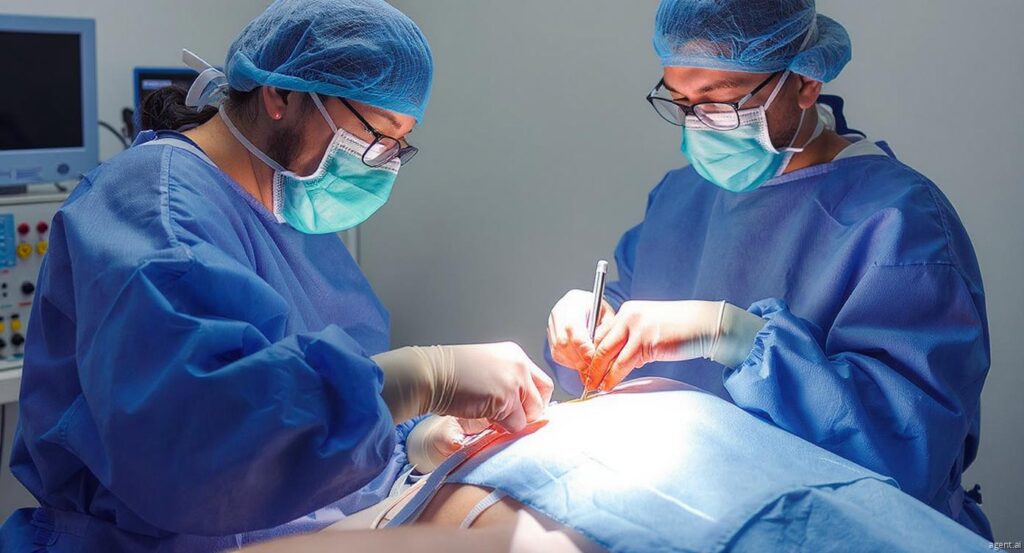In the discovery of a more sculpted body, Body Contouring has become a rapidly popular cosmetic process. Whether it is post-weight loss skin removal, liposuction, or a stomach tuck, many individuals choose body contouring to increase their size and increase their confidence. Let’s expect what during the process: pain levels and recovery.
1. What is body contouring?
This is ideal for those who have experienced significant weight loss or they want to target stubborn fat areas that do not respond to diet and exercise.
Common surgical body contour processes include:
– Liposuction
– Tummy tuck (abdominoplasty)
– Arm lift
– Thigh lift
– Lift

2. Is Body Contouring Painful?
The short answer is a little discomfort is to be expected, but extreme pain will rarely be experienced.
Pain, if any, is felt after surgery. This is because while the surgery is going on, patients are anesthetized, so they do not feel anything. After anesthesia begins wearing off, the mild to moderate pain, swelling, and bruising are commonplace, and the surgeons usually prescribe medicines for pain relief due to this upfront discomfort.
- Such levels of pain or discomfort depend upon
- The type and extent of the procedure performed
- Individual pain tolerance
- Overall health and care after the surgery
Most patients will describe it as tolerable and similar to muscle soreness after an exhausting workout or a tight pulling sensation caused by the swelling and healing tissues.
3. How the Procedure Feels
Basically, surgical body contouring comprises the following steps:
- Consultation—The surgeon assesses your objectives, medical history, and suitability for the procedure.
- Anesthesia- You will receive general anesthesia, so you will be unconscious and do not feel any pain during the process.
- Procedure—The surgeon proceeds with removing the excess fat or skin and reshapes the targeted areas.
- Closure—Using sutures to seal incisions, bandages or compression garments are then placed.
Depending on the procedure(s) performed, the irreversible process may last anywhere from 1 to 5 hours.
4. Recovery: What to Expect After Surgery
1. Days 1 Through 7:
- Swelling, bruising, and soreness all peak in the first week.
- Drains may be placed temporarily to allow fluids to be drained off.
- Compression garments should be worn to help reduce swelling and support healing.
- Pain medication and an antibiotic are generally prescribed.
2. Weeks Two Through Four:
- Discomfort lessens, but there is still some tightness and stiffness felt.
- Taking light walks is permitted and is good for circulation.
- NO strenuous activity or heavy lifting.
3. Weeks Four Through Eight and Forward:
- As the swelling diminishes, there is a noticeable change in the results.
- By the sixth week, most patients are back to full activity.
- Complete results may take anywhere from three to six months to appear.

5. Tips for a smooth recovery
– Follow all post-op instructions from your surgeon.
– Participate in follow-up trips to monitor treatment.
– Stay hydrated to promote tissue repair and eat a protein-rich diet.
– Avoid smoking or alcohol, as they can spoil treatment.
– Take a lot of rest, but proceed lightly to reduce the risk of blood clots.
Conclusion
While the body contouring is not completely painful, modern technology and proper aftercare make it a well-tolerated process with forecasting, safe, and satisfactory results. With guidance from a qualified Plastic Surgeon, you can sculpt your dream body and feel confident in your skin again.
If you are considering body contouring, consult a specialist to detect the best options for your goals and ensure a smooth and informed experience.

